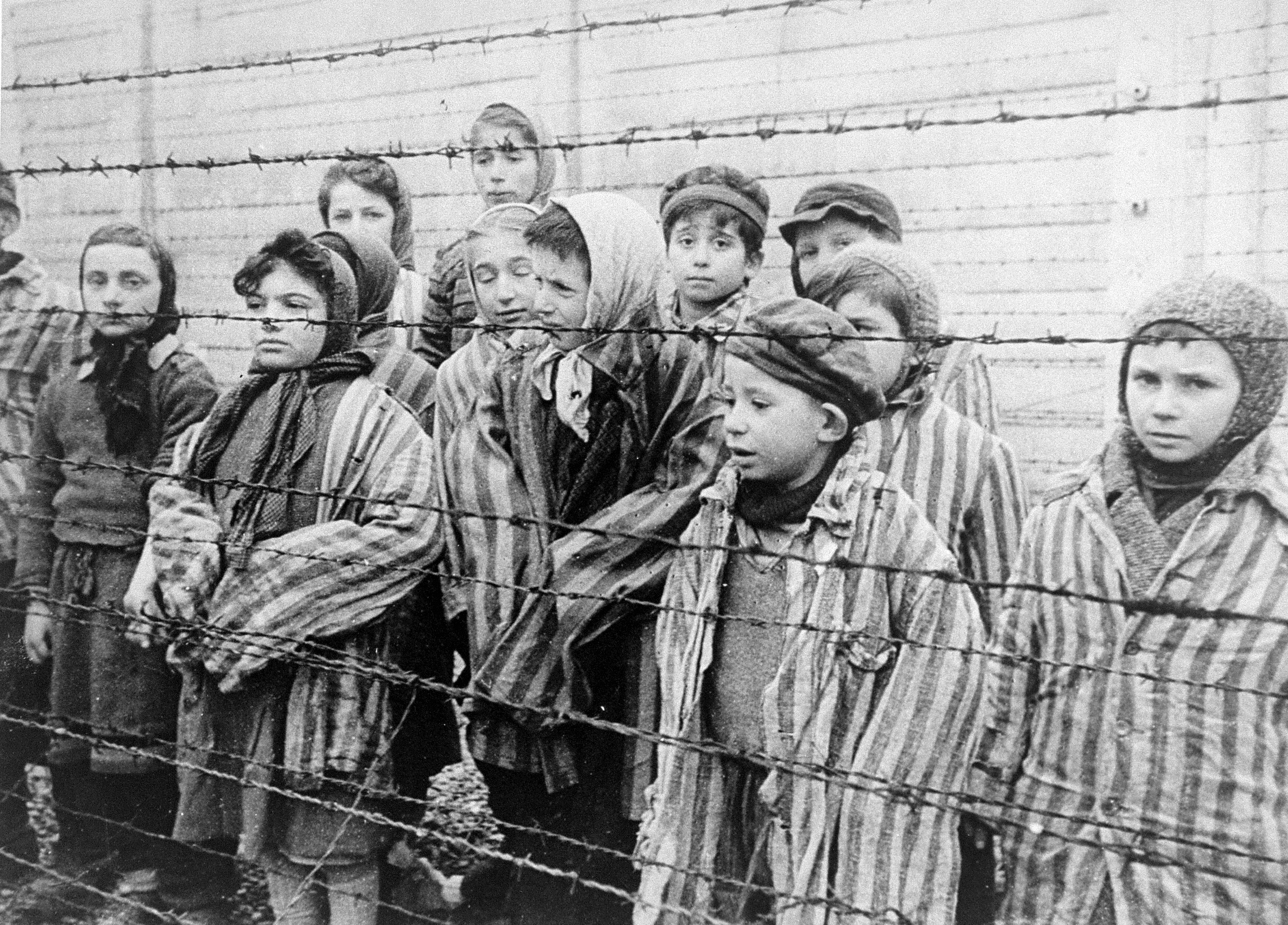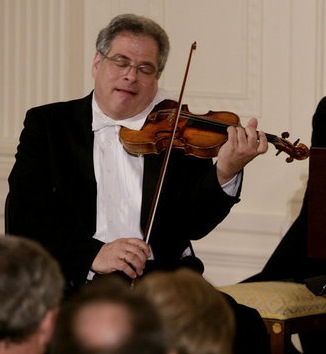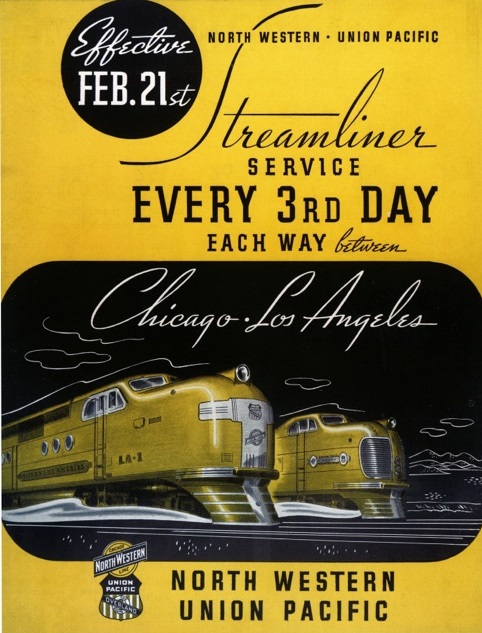Text from Wikipedia - the free encyclopaedia,
unless otherwise stated.
LEST WE FORGET
Available on YouTube at
Available on YouTube at
IN FLANDERS FIELDS.
LEST WE FORGET.
Remembrance Day at the John McCrae House (birthplace, museum, and Memorial) in Guelph, Ontario, Canada. A detail shot of the "Altar" of the Memorial, with the complete poem
"In Flanders Fields"and the line "LEST WE FORGET" inscribed on it.
Photo: 11 November 2009.
Source: Own work.
Author: Lx 121.
Note: Part of a series of photographs taken at the John McCrae site
in Guelph, Ontario, Canada, on 11 November 2009 (Remembrance Day).
(Wikimedia Commons)
Illustration: LANDSCAPES
Portrait photo of John Alexander McCrae (1872–1918).
Lieutenant-Colonel John McCrae was a soldier, physician and poet.
Date: 1918 or earlier.
Image from In Flanders Fields, and other poems, by Lieut.-Col. John McCrae, M.D.,
with an essay in character, by Sir Andrew Macphail (New York, London: G.P. Putnam's Sons, 1919): http://www.archive.org/details/inflandersfields00mccr.
with an essay in character, by Sir Andrew Macphail (New York, London: G.P. Putnam's Sons, 1919): http://www.archive.org/details/inflandersfields00mccr.
Author: Unknown.
(Wikimedia Commons)
An autographed copy of the poem "In Flanders Fields". Unlike the printed copy in the same book, McCrae's handwritten version ends the first line with "grow".
Facsimile of handwritten version of McCrae's "In Flanders Fields", in a volume of his poetry where an acknowledgement is given "The reproduction of the autograph poem is from a copy belonging to Carleton Noyes, Esq., of Cambridge, Mass., who kindly permitted its use."
Date: 1919.
Source: Scan of McCrae's "In Flanders Fields And Other Poems",
obtained from archive.org, converted to PNG and Black and White, slight rotation.
Author: John McCrae.
(Wikimedia Commons)
Illustrated page by Ernest Clegg.
Note that the first line ends with "grow".
Page 1 of the main content from a limited edition book
containing an illustrated poem, "In Flanders Fields".
Date: 1921.
Source: JP2 zip data at fieldsinflanders00mccrrich archive.org.
Author: John McCrae and Ernest Clegg.
(Wikimedia Commons)
The first chapter of "In Flanders Fields and Other Poems", a 1919 collection of McCrae's works, gives the text of the poem as follows:
IN FLANDERS FIELDS
In Flanders fields the poppies blow
Between the crosses, row on row,
That mark our place; and in the sky
The larks, still bravely singing, fly
Scarce heard amid the guns below.
We are the Dead. Short days ago
We lived, felt dawn, saw sunset glow,
Loved and were loved, and now we lie
In Flanders fields.
Take up our quarrel with the foe:
To you from failing hands we throw
The torch; be yours to hold it high.
If ye break faith with us who die
We shall not sleep, though poppies grow
In Flanders fields.
Bleuet de France.
Circa 1950.
Source: Own work.
Author: Unknown.
(Wikimedia Commons)
Illustration: LABOUR UNCUT
Armistice Day is one the most important military celebrations in France, since it was a major French victory and the French paid a heavy price in blood to achieve it. The First World War was considered in France as the "Great Patriotic War". Almost all French villages feature Memorials dedicated to the Fallen. In France, the blue Cornflower (Bleuet de France) is used symbolically, rather than the Poppy.


"Ghosts of Vimy Ridge"
depicts ghosts of the Canadian Corps on Vimy Ridge,
surrounding the Canadian National Vimy Memorial.
depicts ghosts of the Canadian Corps on Vimy Ridge,
surrounding the Canadian National Vimy Memorial.
Date: 1931.
Source: Canadian House of Commons Collection, (AN: O-4714) [1].
Author: William Longstaff.
(Wikimedia Commons)
English: The Australian Memorial at Villers-Bretonneux, Somme, France.
Français: Villers-Bretonneux (Somme, France).
La croix du cimetière militaire et la tour du Mémorial National Australien.
Photo: April 2008.
Source: Own work.
Author: Markus3 (Marc ROUSSEL).
(Wikimedia Commons)
De Profundis.
Psalm 129
(Douay–Rheims Bible)
By Orlando de Lassus.
Taken from the
Prayers for the Dead.
Available on YouTube at
Psalm CXXIX
De Profundis
Out of the depths I have cried unto Thee, O Lord !
Lord, hear my voice.
Let Thine ears be attentive
To the voice of my supplication.
If Thou, O Lord, shalt mark iniquities,
Lord, who shall endureth ?
For with the Lord there is merciful forgiveness,
And by reason of Thy law I have waited upon Thee, O Lord.
My Soul doth rely on His word:
My Soul doth hope in the Lord.
From the Morning Watch, even unto night,
Let Israel hope in the Lord.
For with the Lord there is mercy,
And with Him plentiful redemption.
And He shall redeem Israel,
From all his iniquities.
V. Eternal rest give unto them, O Lord.
R. And let perpetual light shine upon them.
De profundis clamavi ad te, Domine:
Domine, exaudi vocem meam.
Fiant aures tuae intendentes:
In vocem deprecationis meae.
Si iniquitates observaveris, Domine:
Domine, quis sustinebit ?
Quia apud te propitiatio est:
Et propter legem tuam sustinui te, Domine.
Sustinuit anima mea in verbo ejus:
Speravit anima mea in Domino.
A custodia matutina usque ad noctem:
Speret Israel in Domino.
Quia apud Dominum misericordia:
Et copiosa apud eum redemptio.
Et ipse redimet Israel,
Ex omnibus iniquitatibus ejus.
V. Requiem aeternam dona eis, Domine.
R. Et lux perpetua luceat eis.
. . . "If ye break faith,
With us who die,
We shall not sleep,
Though Poppies grow,
In Flanders fields."
Photo: 2006.
Source: Own work.
Author: Zephyrinus.
South African Infantry Soldier stands guard
at the Johannesburg Memorial
on the 90th Remembrance Day Ceremony.
Delville Wood was sometimes known as Devil's Wood, and the fighting there during the Battle of the Somme was particularly ferocious. The majority of the wood was eventually taken by South African soldiers on 15 July 1916, and they held on grimly during numerous German counter-attacks for six days, until they were relieved.
After the War, South Africa purchased the site in 1920,
and it serves as a Memorial to those of that Nation who fell,
not just there, but elsewhere.
The Tomb of The Unknown Soldier in Confederation Square in Ottawa, Ontario, Canada,
immediately following the Remembrance Day ceremonies on 11 November, 2006.
immediately following the Remembrance Day ceremonies on 11 November, 2006.
Since its installation, it has become traditional to place Poppies
on the Tomb, after the formal ceremony has concluded.
Photo: 11 November 2006.
Source: Own work.
Author: Mikkel Paulson.
(Wikimedia Commons)
New Zealand
Remembrance Day Ceremony.
The Great War of 1914 to 1918 was one of the most devastating events in human history. New Zealand, with a population of 1.1 million in 1914, sent 100,000 men and women abroad. 16,700 died and over 40,000 were wounded – a higher per capita casualty rate than any other country involved.
The coming of Peace, on the 11th hour of the 11th day of the 11th month of 1918, brought Blessed Relief for all involved.
They shall grow not old,
as we that are left grow old;
as we that are left grow old;
Age shall not weary them,
nor the years condemn.
nor the years condemn.
At the going down of the sun,
and in the morning.
and in the morning.
We will remember them.
We will remember them.
We will remember them.
(Fourth stanza of Laurence Binyon's Poem 'For the Fallen')
Illustration from


.jpg)

+(from+In+Caelo+et+in+Terra+Blog)+(2).jpg)






























